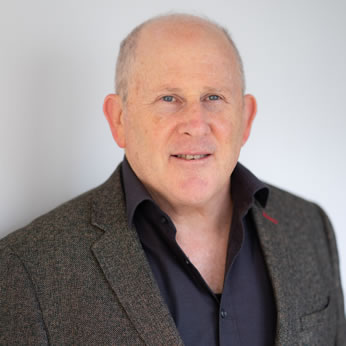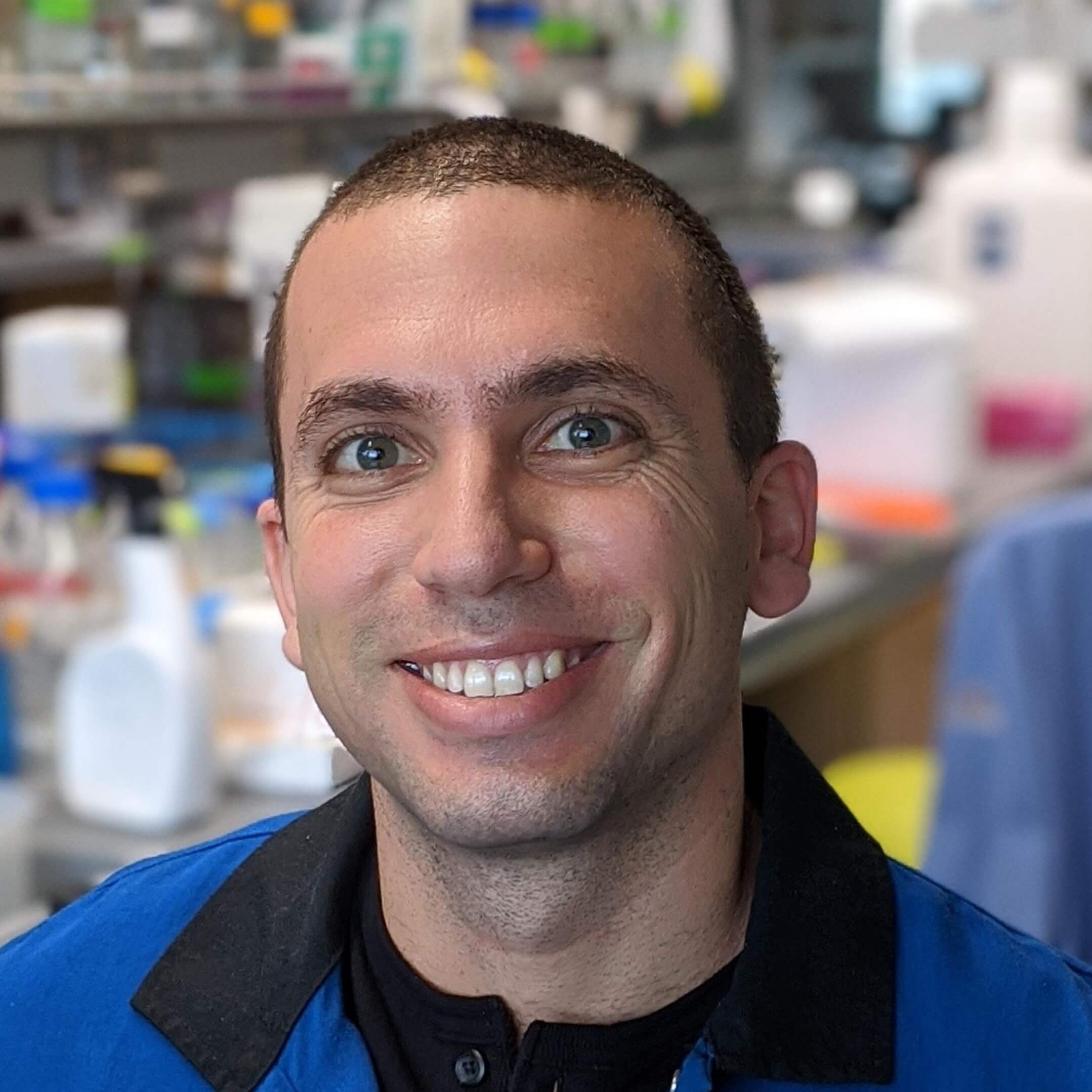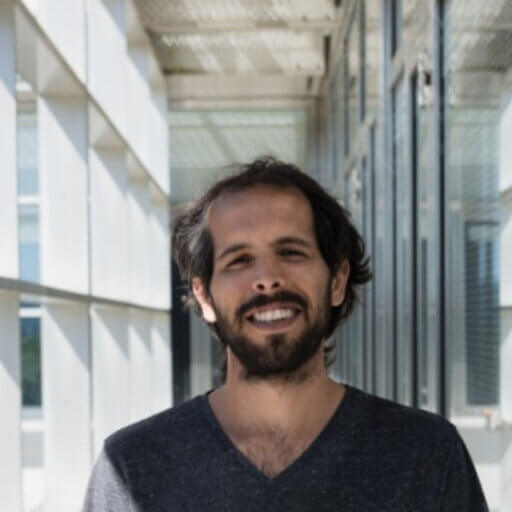ביולוגיה כימית וגילוי תרופות
ביולוגיה מבנית
ביוכימיה
קבוצת אמדורסקי חוקרת מנגנוני העברת מטען של חומרים ביולוגיים מרמת המולקולה הבודדת עד לפולימרים מאקרוסקופיים ביולוגים חדשים. כדי לעקוב אחר העברת המטען אנחנו משתמשים או המערכות ספקטרוסקופיות מהירות בהם התהליך מתחיל ע”י אור, או בהתקנים ביואלקטרוניים בהם החומר הביולוגי מחובר לאלקטרודות.
The Brik research group is developing novel synthetic approaches to chemically synthesize homogenous posttranslationally modified proteins, such as ubiquitinated and phosphorylated proteins, for structural, biochemical, biophysical and functional analyses.
The Adir lab’s interests include: X-ray crystallographic determination of biologically relevant macromolecular structures – proteins, nucleic acids, and complexes; determination of the structure and function of photosynthetic reaction centers and antennas; energy and electron transfer in biological systems; development of devices for solar energy conversion via direct use of photosynthetic membranes; elucidation of factors leading to protein stability/instability and complex assembly/disassembly; enzymes structure and development of novel bacterial and microbial inhibitors.
Group members from the research group of Zeev Gross who are involved in the drug discovery projects perform the biochemical and biological investigations by themselves, in collaborations with research groups from the Technion’s medical school. The relevance of chemistry-discovered results regarding catalytic decomposition of reactive oxygen and nitrogen species are currently demonstrated in cellular and animal models of atherosclerosis, diabetes, neurodegenerative diseases, and cancer. The last aspect and some novel imaging procedures are also being developed within a large collaboration in South California (Caltech, City of Hope, and Cedars Sinai Medical Center).








